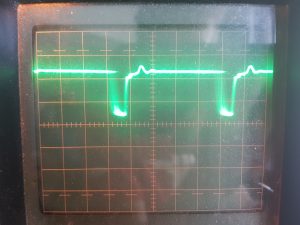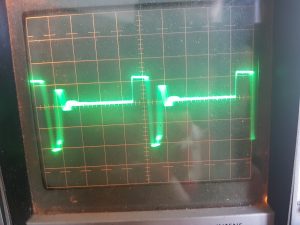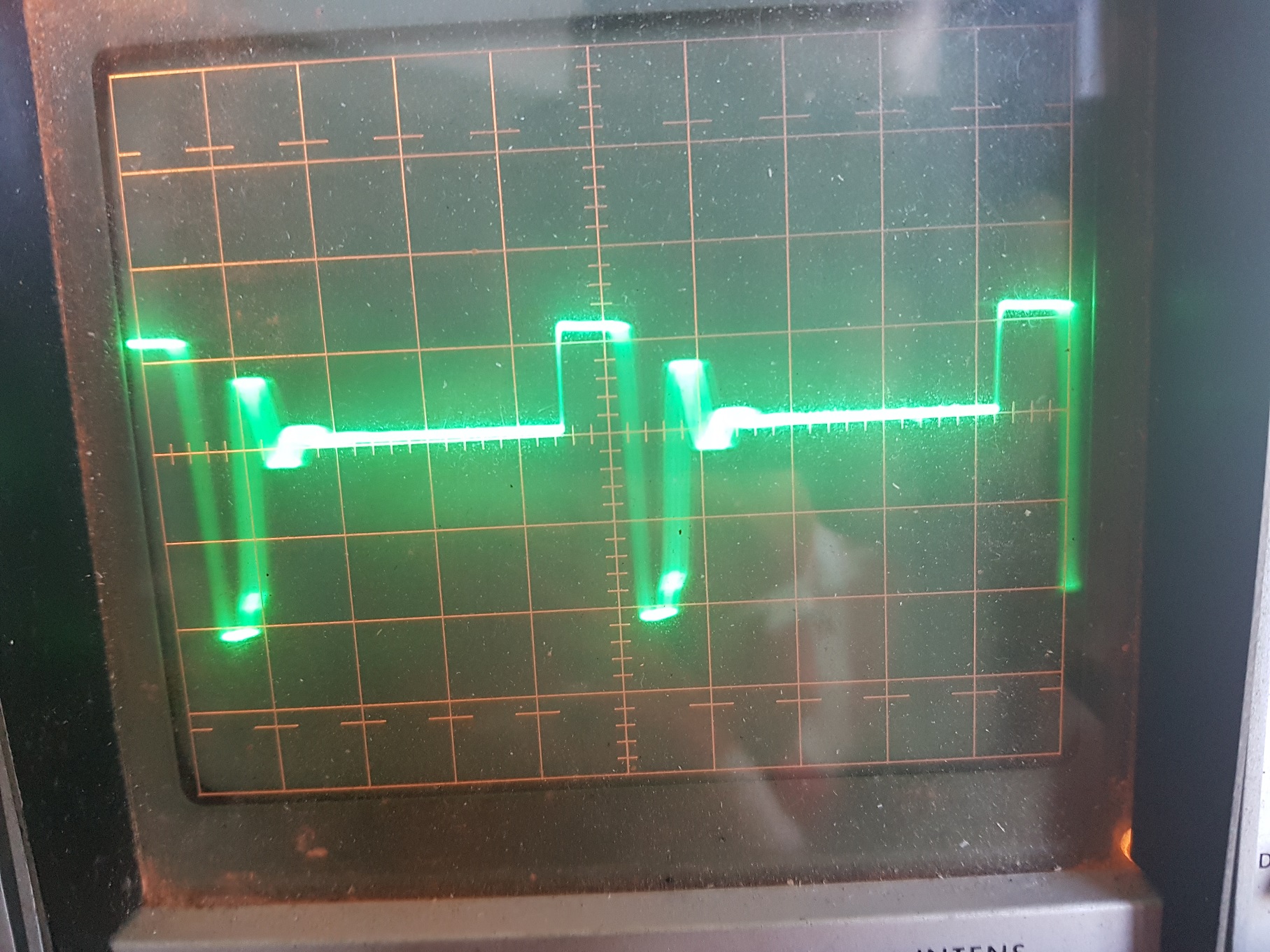After my post yesterday I did some further testing on both machines.
My suspicions were confirmed by desoldering and testing Q502, it was shorted out on both machines.
Stranger things
As this 2SJ182 is a Power MOSFET capable of handling -600V drain-to-source, 15V gate-to-source and around 1 amp of peak current (as shown in the datasheet) something must be very obviously wrong.
Except there isn’t. I can’t find any abnormal values for any of the components but do note that this is mostly measured in-circuit which is not a very reliable measurement.
As I had a couple of these MOSFETS I decided to simply replace it. My second machine still had it´s original MOSFET so it could be that it was damaged already.
Soldered it in, powered on the machine and it worked like a charm again.
Then I measured the MOSFET on the first machine and it had the exact same failure. This one was already replaced about a year and a half ago so something is definitely off.
Time to debug
First things first. As the MOSFET was burnt out the most likely cause would be overstressing the component, which would result in it running hot.
This is an easy test: power the machine up and use your fingers to check it’s temperature.
No problems here, it does get warm but not hot to the touch.
Time to bust out the oscilloscope and start doing some measurements. You’ll find them in the images below.


As seen in above images there is some switching noise on the gate and drain but it is not excessive.
The signal levels are also well within the tolerances for this component and it switches at about 40 kHz.
Everything seems to be just fine but still Q502 tends to blow up every once in a while so I’m not done yet.
This does mean that it might take some time before I have more updates on this issue as I need to test different things like running the machine for an extended period of time while monitoring them and/or running them with/without the battery, etc.
In the mean time I have a functioning machine so I can progress my other project with these machines which I´ll write about in the near future so check back here in a couple of days.
